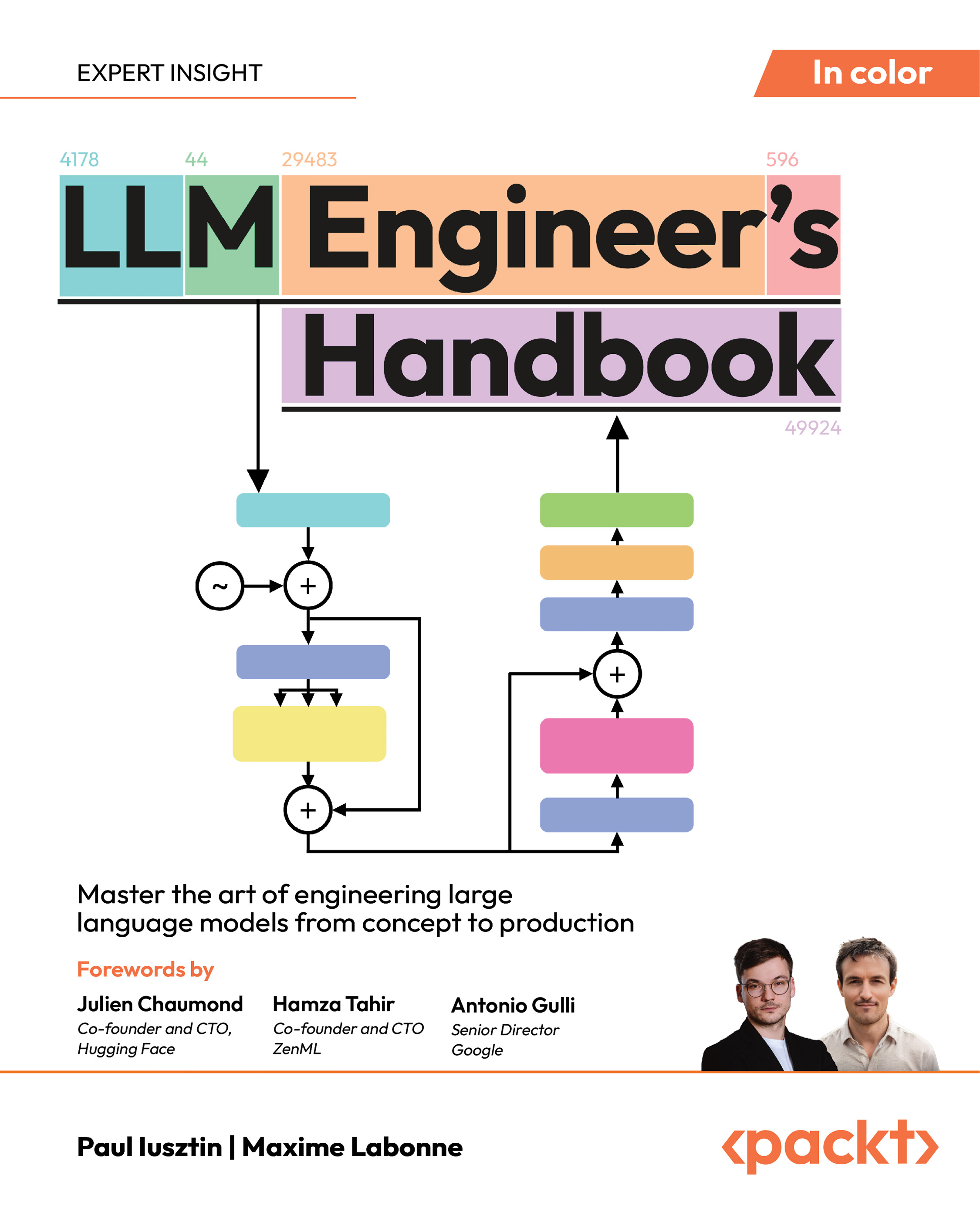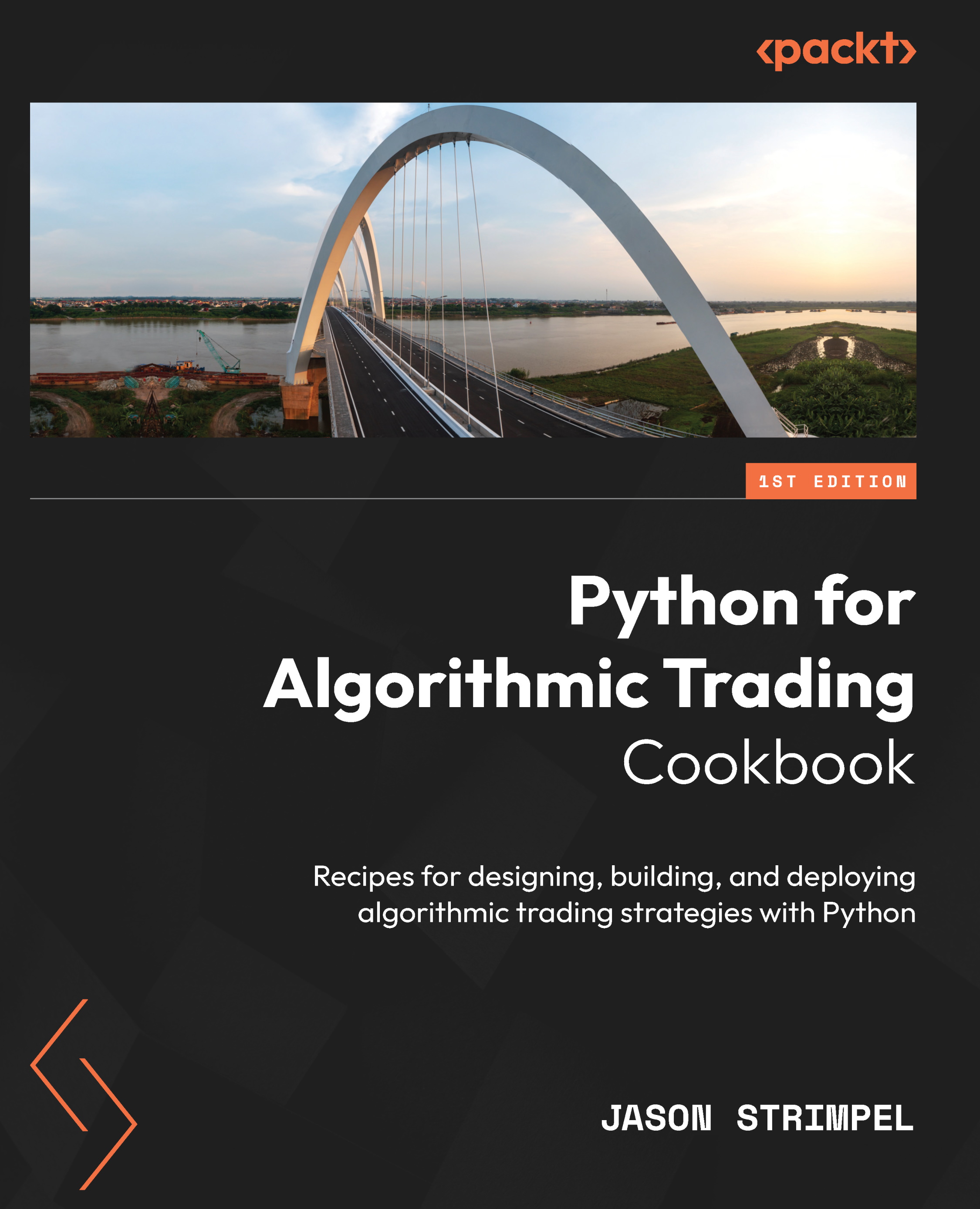Salesforce has always been proactive in developing and bringing to market new features and functionality in all of its products. Throughout the lifetime of the Salesforce CRM product, there have been several upgrades to the user interface.
In 2015, Salesforce began promoting its new platform – Salesforce Lightning. Although long time users and Salesforce developers may have grown accustomed to the classic user interface, Salesforce Lightning may just covert them. It brings in a modern UI with new features, increased productivity, faster deployments, and a seamless transition across desktop and mobile environments. Recently, Salesforce has been actively encouraging its developers, admins and users to migrate from the classic Salesforce user interface to the new Lightning Experience.
Andrew Fawcett, currently VP Product Management and a Salesforce Certified Platform Developer II at Salesforce, writes in his book, Salesforce Lightning Enterprise Architecture, “One of the great things about developing applications on the Salesforce Lightning Platform is the support you get from the platform beyond the core engineering phase of the production process.” This book is a comprehensive guide filled with best practices and tailor-made examples developed in the Salesforce Lightning. It is a must-read for all Lightning Platform architects!
Why should you consider migrating to Salesforce Lightning
Earlier this year, Forrester Consulting published a study quantifying the total economic impact and benefits of Salesforce Lightning for Service Cloud. In the study, Forrester found that a composite service organization deploying Lightning Experience obtained a return on investment (ROI) of 475% over 3 years.
Among the other potential benefits, Forrester found that over 3 years organizations using Lighting platform:
- Saved more than $2.5 million by reducing support handling time;
- Saved $1.1 million by avoiding documentation time; and
- Increased customer satisfaction by 8.5%
Apart from this, the Salesforce Lightning platform allows organizations to leverage the latest cloud-based features. It includes responsive and visually attractive user interfaces which is not available within the Classic themes.
Salesforce Lightning provides stupendous business process improvements and new technological advances over Classic for Salesforce developers.
How does the Salesforce Lightning architecture look like
While using the Salesforce Lightning platform, developers and users interact with a user interface backed by a robust application layer. This layer runs on the Lightning Component Framework which comprises of services like the navigation, Lightning Data Service, and Lightning Design System.

Source: Salesforce website
As part of this application layer, Base Components and Standard Components are the building blocks that enable Salesforce developers to configure their user interfaces via the App Builder and Community Builder. Standard Components are typically built up from one or more Base Components, which are also known as Lightning Components. Developers can build Lightning Components using two programming models: the Lightning Web Components model, and the Aura Components model.
The Lightning platform is critical for a range of services and experiences in Salesforce:
- Navigation Service: The navigation service is supported for Lightning Experience and the Salesforce app. It is built with extensive routing, deep linking, and login redirection, Salesforce's navigation service powers app navigation, state changes, and refreshes.
- Lightning Data Service: Lightning Data Service is built on top of the User Interface API, It enables developers to load, create, edit, or delete a record in your component without requiring Apex code. Lightning Data Service improves performance and data consistency across components.
Unlock access to the largest independent learning library in Tech for FREE!
Get unlimited access to 7500+ expert-authored eBooks and video courses covering every tech area you can think of.
Renews at €18.99/month. Cancel anytime
- Lightning Design System: With Lightning Design System, developers can build user interfaces easily including the component blueprints, markup, CSS, icons, and fonts.
- Base Lightning Components: Base Lightning Components are the building blocks for all UI across the platform. Components range from a simple button to a highly functional data table and can be written as an Aura component or a Lightning web component.
- Standard Components: Lightning pages are made up of Standard Components, which in turn are composed of Base Lightning Components. Salesforce developers or admins can drag-and-drop Standard Components in tools like Lightning App Builder and Community Builder.
- Lightning App Builder: Lightning App Builder will let developers build and customize interfaces for Lightning Experience, the Salesforce App, Outlook Integration, and Gmail Integration.
- Community Builder: For Communities, developers can use the Community Builder to build and customize communities easily.
Apart from the above there are other services available within the Salesforce Lightning platform, like the Lightning security measures and record detail pages on the platform and Salesforce app.
How to plan transitioning from Classic to Lightning Experience
As Salesforce admins/developers prepare for the transition to Lightning Experience, they will need to evaluate three things: how does the change benefit the company, what work is needed to prepare for the change, and how much will it cost. This is the stage to make the case for moving to Lightning Experience by calculating the return on investment of the company and defining what a Lightning Experience implementation will look like.
First they will need to analyze how prepared the organization is for the transition to Lightning Experience. Salesforce admins/developers can use the Lightning Experience Readiness Check, it is a tool that produces a personalized Readiness Report and shows which users will benefit right away, and how to adjust the implementation for Lightning Experience.
Further Salesforce developers/admins can make the case to their leadership team by showing how migrating to Lightning Experience can realize business goals and improve the company's bottom line.
Finally, by using the results of the activities carried out to assess the impact of the migration, understand the level of change required and decide on a suitable approach.
If the changes required are relatively small, consider migrating all users and all areas of functionality at the same time. However, if the Salesforce environment is more complex and the amount of change is far greater, consider implementing the migration in phases or as an initial pilot to start with.
Overall, the Salesforce Lightning Platform is being increasingly adopted by admins, business analysts, consultants, architects, and especially Salesforce developers.
If you want to deliver packaged applications using Salesforce Lightning that cater to enterprise business needs, read this book, Salesforce Lightning Platform Enterprise Architecture, written by Andrew Fawcatt.
This book will take you through the architecture of building an application on the Lightning platform and help you understand its features and best practices. It will also help you ensure that the app keeps up with the increasing customers’ and business requirements.
What are the challenges of adopting AI-powered tools in Sales? How Salesforce can help
Salesforce open sources ‘Lightning Web Components framework’
“Facebook is the new Cigarettes”, says Marc Benioff, Salesforce Co-CEO
Build a custom Admin Home page in Salesforce CRM Lightning Experience
How to create and prepare your first dataset in Salesforce Einstein
 United States
United States
 Great Britain
Great Britain
 India
India
 Germany
Germany
 France
France
 Canada
Canada
 Russia
Russia
 Spain
Spain
 Brazil
Brazil
 Australia
Australia
 Singapore
Singapore
 Canary Islands
Canary Islands
 Hungary
Hungary
 Ukraine
Ukraine
 Luxembourg
Luxembourg
 Estonia
Estonia
 Lithuania
Lithuania
 South Korea
South Korea
 Turkey
Turkey
 Switzerland
Switzerland
 Colombia
Colombia
 Taiwan
Taiwan
 Chile
Chile
 Norway
Norway
 Ecuador
Ecuador
 Indonesia
Indonesia
 New Zealand
New Zealand
 Cyprus
Cyprus
 Denmark
Denmark
 Finland
Finland
 Poland
Poland
 Malta
Malta
 Czechia
Czechia
 Austria
Austria
 Sweden
Sweden
 Italy
Italy
 Egypt
Egypt
 Belgium
Belgium
 Portugal
Portugal
 Slovenia
Slovenia
 Ireland
Ireland
 Romania
Romania
 Greece
Greece
 Argentina
Argentina
 Netherlands
Netherlands
 Bulgaria
Bulgaria
 Latvia
Latvia
 South Africa
South Africa
 Malaysia
Malaysia
 Japan
Japan
 Slovakia
Slovakia
 Philippines
Philippines
 Mexico
Mexico
 Thailand
Thailand















